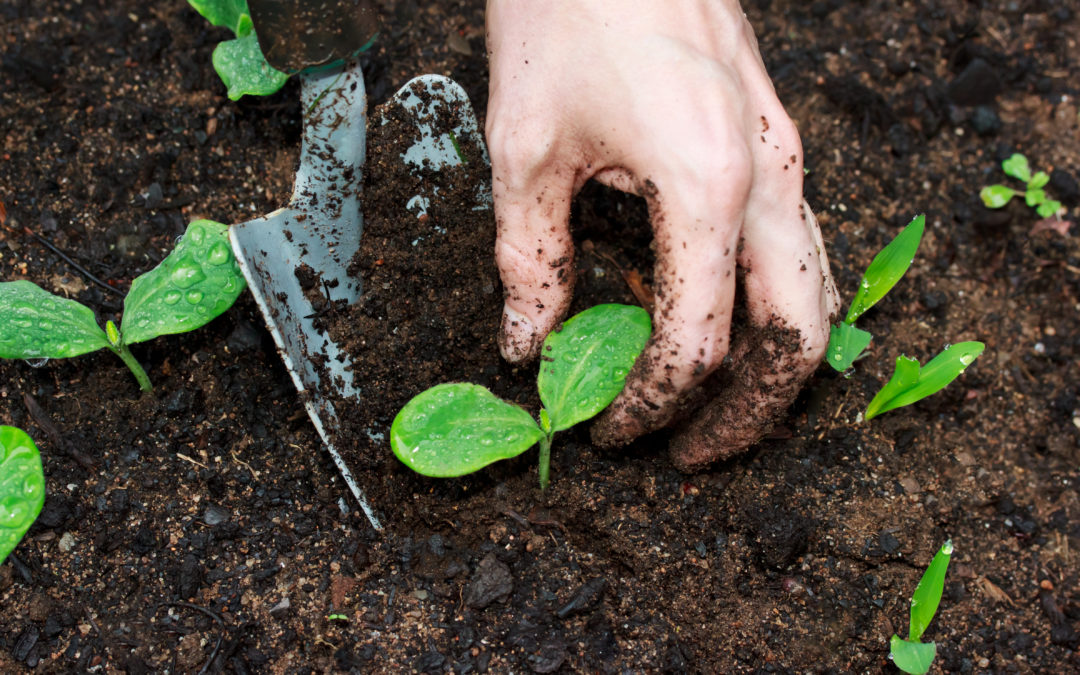Spring officially started 1 month ago but its only now that the soil is slowly starting to warm up and we seriously start our planting programme for the season. Ok so hopefully all the planning for the garden has been done now and this is the time to put in to practice exactly what you are hoping to achieve over the next 6 months. Before we discuss the types of veges/plants to plant for this time of year here are a few maintenance tips that you may want to take note of.
Soil Preparation: If this hasn’t been done already in your garden in preparation for the spring, do this now by adding humate to your garden beds. This will greatly enhance soil biology. Start the season off with a clean garden by removing any weeds that have sprouted. (That’s also a feel-good factor that’s important as you follow the plants growth in the coming months.) Prune fruit trees and berry bushes as needed to encourage healthy growth.
Fertilising: Apply a balanced, slow-release fertiliser such as our Turbo Garden Blend to your garden beds to provide essential nutrients to your plants. With the humate that is included into this fertiliser it enhances even more the amazing worm castings benefits and trace elements that are both vitally important for your soil structure and biology.
Pest Control: Keep an eye out for early signs of pests and implement organic pest control methods as necessary.
Watering: Ensure your plants receive adequate water, especially as the weather warms up. Water deeply and early in the day to reduce evaporation. Using Daves Organic Liquid Humate is a great product to use during the dry months ahead.
There are several useful ways of using this product and here are two of the most common:
- Mix the liquid humate to the recommended rate (shown on back of bottle) and have plants soak in it for a few seconds prior to planting. This is so beneficial and will get the plants off to the best possible start.
- Pour the remainder out of the bucket once planting is completed into a watering can and pour over the foliage of the plants that have just been planted – this reinforces the benefits that you will receive. Any surplus can go onto other plants that are nearby.
To plant this month – if you haven’t already:
- Tomatoes: Start tomato seeds indoors or in a greenhouse in early October, so they’ll be ready for transplanting when the weather warms up.
- Peppers (Capsicum): Like tomatoes, peppers can be started indoors in early October for later transplanting.
- Cucumbers: You can sow cucumber seeds directly into the garden as the weather warms up. Cucumbers thrive in warmer temperatures.
- Zucchini and Squash: These warm-season crops can also be sown directly in the garden when the soil is warm enough.
- Beans: Bush and pole beans can be sown directly in the garden once the threat of frost has passed.
- Lettuce: Sow lettuce seeds directly in the garden for a continuous harvest throughout the season. Choose heat-tolerant varieties as the weather warms up.
- Spinach: Start sowing spinach seeds in early October. It’s a cool-season crop that will do well in spring.
- Radishes: Radishes are quick-growing and can be sown directly in the garden.
- Carrots: Begin sowing carrot seeds early in October. Make sure the soil is well-drained and free of stones.
- Herbs: Plant herbs like basil, parsley, and cilantro in pots or directly in the garden.
Happy Gardening,
